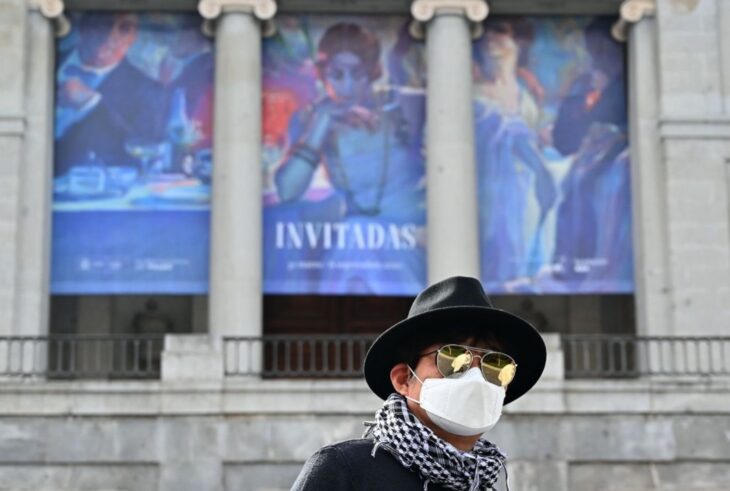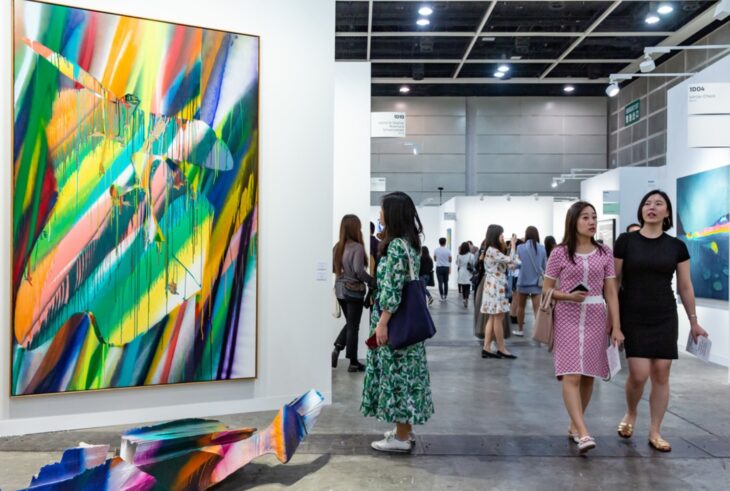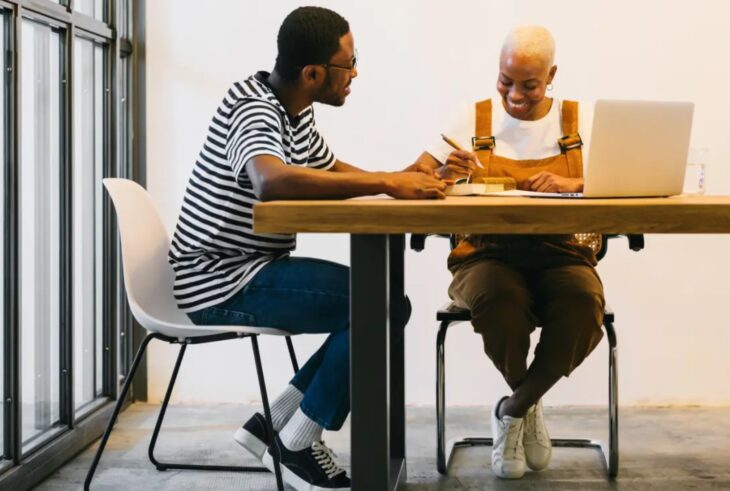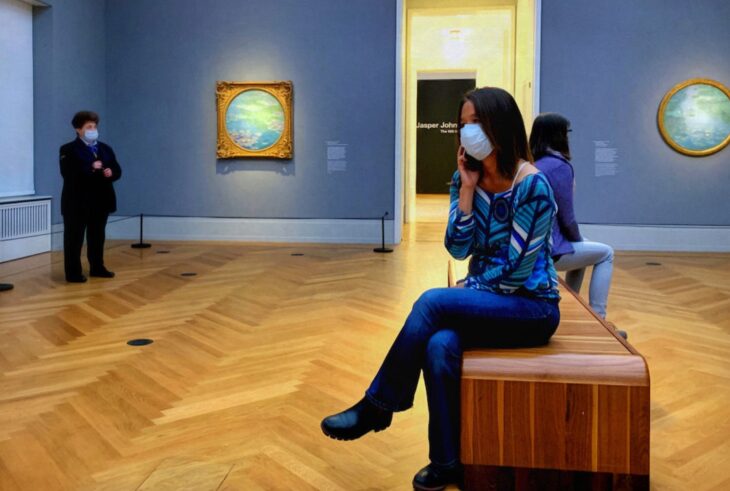Many things have changed since the art world found itself mingling and partying during last year’s Art Basel. Just like in every other industry, the art market has not been exempt from the COVID-19 crisis. The pandemic has changed the dynamics of how the art market interacts, and everyone from dealers to museums has been looking for new ways to engage and keep business as usual.
The way of living and investing has drastically changed, and what used to be familiar is now more than distant. In the art world, per se, face-to-face interactions have always been essential to art market transactions, and with COVID restrictions and the quarantine culture, the absence of physical co-presence with artworks and art world actors lead to a dramatic decrease of sales at the beginning of 2024.

Source: Artsy
Panic mode went off, and as staff was being shortened, the art world experienced a quick conversion of all major fairs into online expos and the viewing room boom, making sales and revenue switch completely to online platforms. Even though the contemporary art world resisted this transition for a while, what at first appeared to be a temporary solution, has become the new normal.
Online sales have accelerated and become the primary source of income, and social media has positioned itself as the new best platform to expose and sell. Now anyone who is someone is on social media, and worldwide opportunities are just one tap away. Art transactions that used to be elaborated and a game of ego, are fading in front of artists leveling up their marketing strategies and influencer skills.
Though the future is unclear, the post COVID art market is open to debate with many contradictory theories. On the right hand, some argue that galleries and fairs will be obsolete 50 years from now, making artists the new ‘gate keepers’ of the art world. Another less popular opinion is that the months of quarantine and self-isolation and lack of spending will push the collectors towards radical spending behavior patterns in the nearest future.

Source: Artforum
Moreover, what it’s for sure is that the experience with adopting Online Viewing rooms in art fairs has pushed many dealers to display prices in a transparent manner, which is a further step to adopting a democratic approach to sales in the long run. The art world is slowly evolving into becoming accessible and humanity will experience a sense of acculturalization in the next couple of years.
With the arrival of block chain technology and a more straightforward approach to fine art, technology will have a pivotal role in determining how the art market will be available to everyone and not only high net worth individuals. Text by Roberta Zertuche Roberta is an art advisor and marketing communications specialist working on facilitating the cultural convergence of art, science, and technology.
It’s not a secret that the global Covid-19 pandemic slowed down our world drastically, and almost every industry field seems to be suffering from the negative consequences of the virus. However, I personally see this as a stage of adaptation. I see people adapting to the “new world” and incorporating technology in order to make up for what they lost. For example, schools cannot remain closed forever, so all the tutoring was transferred to online platforms. Well, the same thing goes for art. No matter what kind of art it is, whether it’s music, video games, paintings, movies, or just any other type of visual art, everything is now exposed on the internet instead at organized events, and the auctions and sales are also done online. It’s definitely not the exact same feeling to view a beautiful painting in person for example compared to viewing it on your PC screen, but it’s better than having no representation at all and stagnating the art industry completely.

Source: Artlogic
Platforms such as www.artsted.com are being powered up as well, allowing artists to be funded through various investment methods. If you are a fan of art or you’re looking to invest in someone you consider worthy of your money, you should take a look.
Now another factor that may impact sales for all artists is the fact covid-19 induced a lot of creativity in almost all creators around the world. What we’re trying to say is that due to the lockdown, a lot of people were stuck at home only with their creativity. This means an increased number of art pieces and a much higher competition than what you’ve faced before. But, it’s not as black and white.
Take a look at music producers as an example to better understand our point. There are thousands of artists who were pretty inactive in their career and all of a sudden they started releasing new music albums, new art pieces and other things that suit their particular career choice. So, we can pretty much say that the covid-19 pandemic, as strange as it sounds, managed to inspire creativity in others by leaving them all alone with themselves.

Source: Artsy
Now increased pushes on the market may sound like something that will have a lot of impact on your deeds price-wise, but that’s not exactly true, and here’s why. With the increased amount of things to buy on the art market, comes the increase of will for consumers to purchase something new. You can as well visit ArtBundlesforGood and find out various possibilities. Since spending money on partying and other social activities is no longer an option, people are spending their saved funds on art instead. So, it doesn’t really mean that this pandemic put an end to the art market.
There’s a common belief that artists are people who live for what they love doing and the feelings they express through their work, but in the end, they are not paid enough for it. Well, we can ensure you that things are going to change because people in these modern times tend to value art a lot more than they did in the past. And this goes for any form of art. And, thanks to various online platforms, artists can now get personally funded by investors and others willing to give them a chance.
Text by Roberta Zertuche
